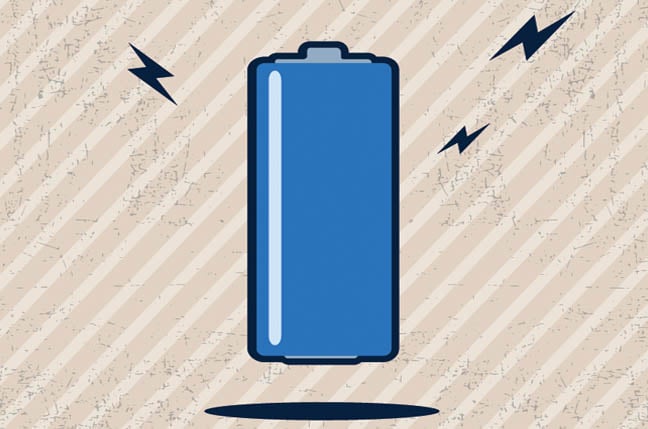The Wireless Power Consortium (WPC) on Tuesday announced a new wireless charging standard called Qi2, claiming that the spec will “unify the industry under one global standard.”
And to make that claim convincing, the WPC said Apple – a leading player in the mobile industry and known for borking standards to cash in – has provided the basis for the Qi2 standard via its MagSafe charging technology.
Apple introduced MagSafe charging for iPhone 12 and 12 Pro in October, 2020. Its proprietary spec provides up to 15 watts of power to Apple devices and is backwards compatible with the Qi open standard, for which it supports up to 7 watts.
With Apple participating in the design of Qi2 rather than coming up with its own alternative, mobile device users can look forward to a less fragmented product ecosystem.
“Consumers and retailers have been telling us they’re confused concerning what devices are Qi Certified and those that claim to work with Qi but are not Qi Certified,” said Paul Struhsaker, executive director of the Wireless Power Consortium, in a statement. “This confusion can lead to a poor user experience and even safety issues.”
Wireless charging has a history of confusion. A decade ago, a wireless standards war raged between the WPC and the Qualcomm-backed Alliance for Wireless Power (A4WP), not to mention Power Matters Alliance (PMA). This went on for years, to the detriment of consumers.
Finally, with Apple weighing in, there’s a chance we may get to have nice things from a variety of vendors that can be recharged with a single bit of kit. We can only imagine the number of patent attorneys and power lunches that have gotten us to where we are today.
Apple, coincidentally, must now play nice with other mobile vendors by supporting USB-C as the standard mechanism for wired charging, instead of its own Lightning connector, thanks to EU competition rules.
While Apple’s involvement with Qi2 can be seen as a sign of greater willingness to collaborate with competitors on relevant standards, the iPhone maker may also be looking to humble its regulatory tormentors by developing an iPhone with no ports at all – USB-C, Lightning, or otherwise – that can only be charged wirelessly.
Whatever the case, Apple and other WPC members have developed the Magnetic Power Profile underlying Qi2 to ensure that phones and other rechargeable mobile devices work optimally with charging hardware, the goal being better energy efficiency and faster charging.
Wireless charging is significantly less efficient than charging via wire, requiring as much as 50 percent more energy by some measures. So there’s plenty of room for improvement.
Struhsaker cites energy efficiency and sustainability as benefits of Qi2 – reduced energy loss is better for the environment and wireless charging should also lighten the burden on landfills via reduced wired charger replacement and cord breakage.
Mobile phones tuned for Qi2 should appear toward the end of 2023.
Back in 2014, El Reg wrote, “Wireless Power standards are like Highlanders: There can be only ONE.” That one now appears to be Qi2. ®
Source link



